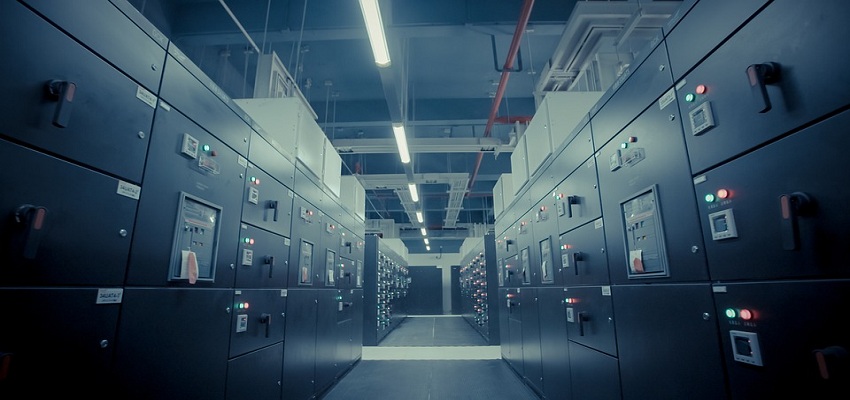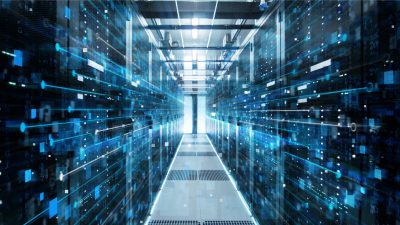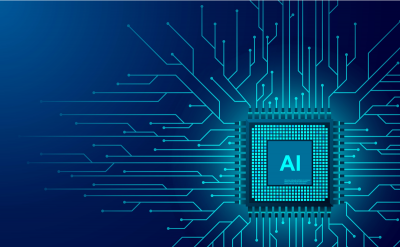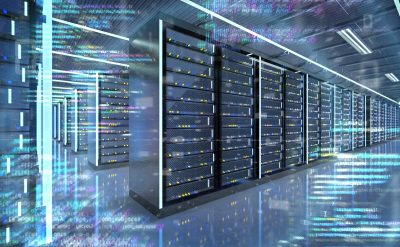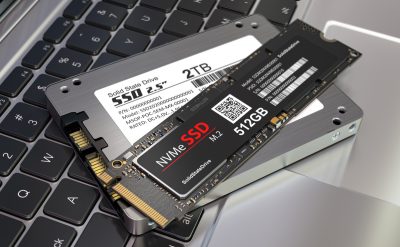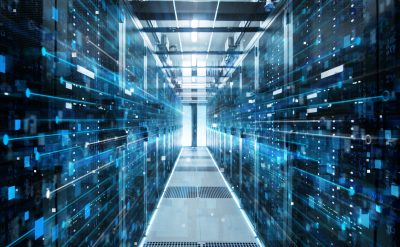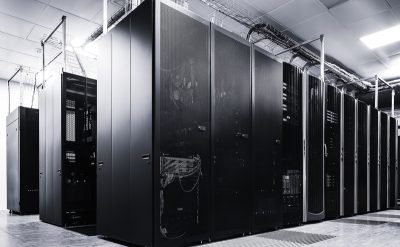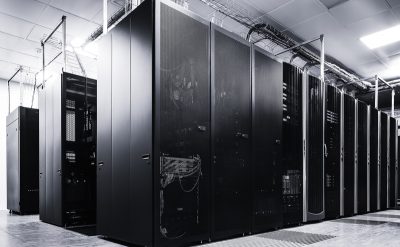Data centers are set to become the largest consumer of power by 2025. It would consume about one-fifth of world power. As enterprises are shifting from an on-premise environment to cloud and edge computing drives. It would also be important to maintain a constant power at data centers. The development of a data center as a multi-tenant infrastructure has put enormous pressure on the power sources. We need to identify the ways to save power and reduce the cost of maintaining a data center. Traditionally data centers had relied on the cable and conduit technology to distribute the power but as the need of data center has grown exponentially it’s important that we find an alternative solution for the power in the data center.
Busway has been considered as a replacement for the common power distributing wires. Busway comes in all shapes, size, and forms but all busway consists of the same core elements that distribute the power. Busway consists of solid bars of either copper or aluminum that carry electrical current. The housing consists of a metal enclosure that contains the conductor then we have insulation that protects against electrical faults by separating conductors from one another.
There are two types of Busways:
1. Feeder Busway: Feeder busways are the main components of busway systems. It includes both straight length and fittings in tees, elbows, and offsets.
2. Plug-in Busway: It allows added ability to support one or more bus plugs at a fixed position.
A busway is an ideal option for data centers, as they join a group of servers with uninterrupted power supply (UPS) and other electrical equipment.




